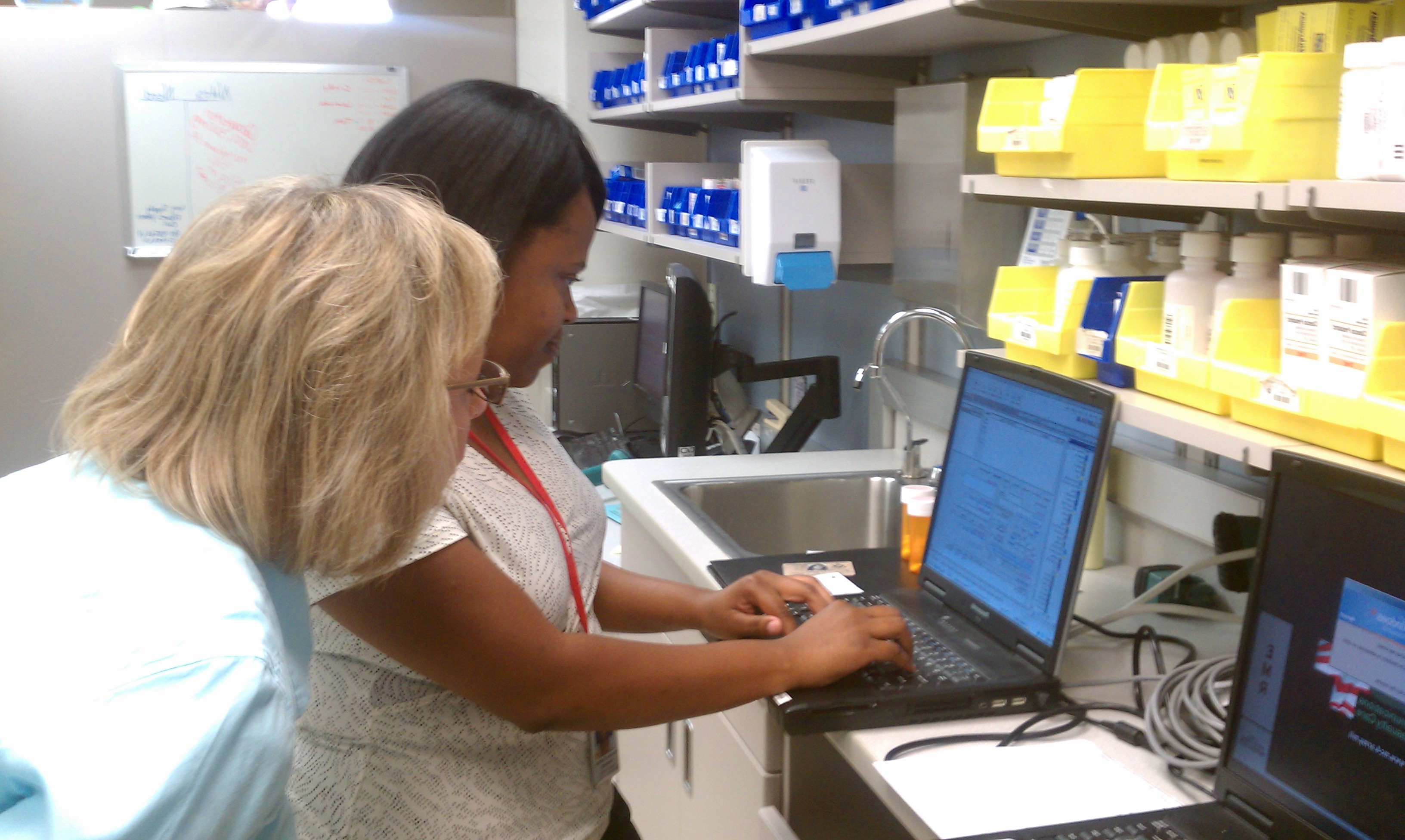Is It Possible to Develop Navigation Systems Without Signals?
 Most navigation systems require GPS simulation devices to test their functionality before deploying those in outer space, yet a new product of technology can lead to little or no dependence on satellite signals.
Most navigation systems require GPS simulation devices to test their functionality before deploying those in outer space, yet a new product of technology can lead to little or no dependence on satellite signals.
Researchers from the Imperial College London in the UK have found a way for GPS-reliant products or equipment to function without navigation satellites. The development is, however, going to be quite tedious since small satellites have become popular.
Safety Issues
GPS navigation has been susceptible to signal jamming and spooking, so the British researchers believe that their experiment on a transportable quantum accelerator can solve the cybersecurity problem. The researchers used super-cooled atoms as a substitute for GPS.
They also said that accelerometers generally require satellite signals for consistent accuracy of navigational information. Accelerometers can make your project comprehend its surroundings adequately. For example, is it moving uphill? Will it fall over if it takes an extra step? An excellent programmer can answer all of these inquiries using the information given by accelerometers. These devices can help you address problems with car engines using vibration tests. You can even use an accelerometer to create a musical instrument.
 In the digital world, companies such as Apple and International Business Machines have begun employing accelerometers in their laptops to defend hard drives against damage. Hence, if you inadvertently drop the computer, the accelerometer will detect the unexpected freefall and turns off the hard drive. That way, the heads will not crash on the platters. Similarly, using High-G accelerometers is the conventional way of detecting car collisions and expanding airbags at just the right time.
In the digital world, companies such as Apple and International Business Machines have begun employing accelerometers in their laptops to defend hard drives against damage. Hence, if you inadvertently drop the computer, the accelerometer will detect the unexpected freefall and turns off the hard drive. That way, the heads will not crash on the platters. Similarly, using High-G accelerometers is the conventional way of detecting car collisions and expanding airbags at just the right time.
There are various ways to create accelerometers. Some of them use the piezoelectric effect. Accelerative forces stress their little crystal structures and generate electricity. Sensing fluctuations in capacitance is another way to do it. For example, two microstructures beside each other have a specific level of capacitance. The capacitance will vary if an accelerative force influences one of the structures. You will produce an accelerometer if you add some circuitry to transform the capacitance into voltage. You can try other methods, like using light, hot air bubbles, and the piezoresistive effect.
A caveat, though, involves the equipment being incompatible with smartphones, so satellite signals will still be necessary for testing such devices. Many industries have taken advantage of developing the so-called CubeSat technology, given the lower costs compared to the usual spacecraft.
Cheaper Costs
CubeSats are no bigger than a bread loaf, which explains its cheaper production and maintenance compared to traditional satellites worth hundreds of millions of dollars. The smaller spacecraft can also be a precedent for more people, even teenagers, to show interest in developing and using satellites.
Aside from cost-efficiency, the popularity of CubeSats also stems from their higher productivity. Some companies said that 100 smaller satellites might revisit Earth every 15 minutes for delivering information, compared to one traditional satellite that takes a few days before it could report back to the ground.
It will take long before the new quantum accelerator becomes publicly available, given the lack of further proof for its efficiency. This means that GPS simulation devices remain a good option for testing products with equipped navigation systems.


